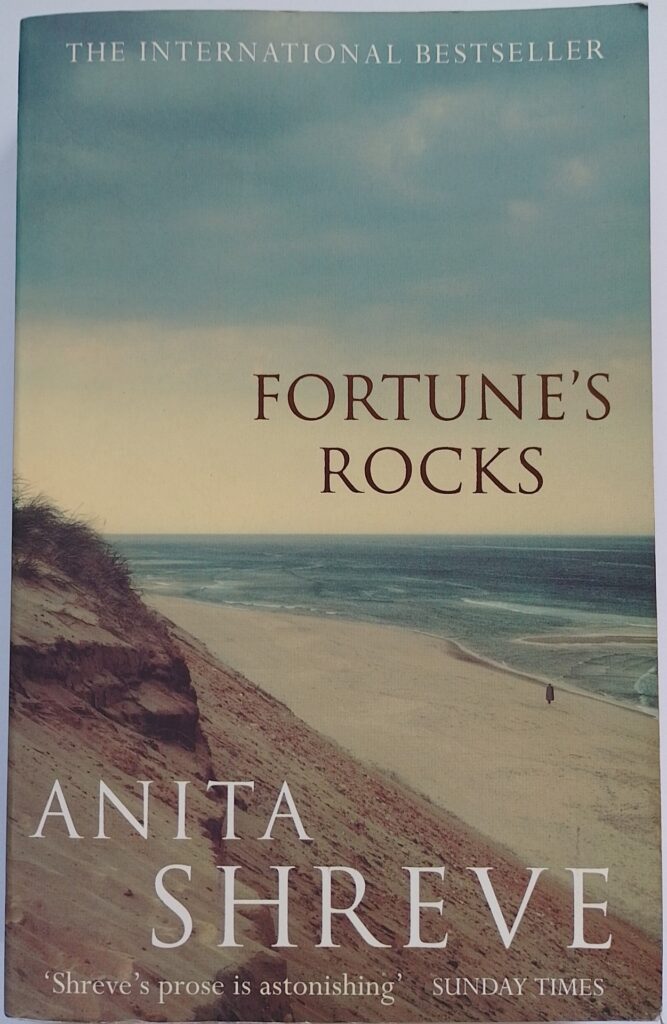First published 1999. Abacus paperback, 2002, pp 453, c.135,000 words.
This story centres on a love affair. Unfortunately, I didn’t believe in it. Why would a thoroughly decent middle-aged doctor with an attractive and intelligent wife, a couple of children, a thriving practice, a respectable place in the community, and admired by his intelligent peers, suddenly give all that up for the fifteen-year-old daughter of a neighbour and friend? Sexual chemistry only goes so far. The doctor is supposed to be a good man, helping out pro bono the poor of the local mill town. He comes across as a paedophile. And why would an intelligent young woman knowingly ruin herself and her family for the sake of a middle-aged doctor? She is suddenly aware of her sexual power in the opening scene of the book, although I had a bit of a hard time accepting the suddenness.
If one can put aside those insurmountable hurdles, there is much to admire in Shreve’s writing. She evokes the New England shore with fine style, bringing us the shifting light over the restless sea in all its moods from the calm of a warm summer’s day, through the onset of the end of season misty chill, to the raging winter storm. The story is set at the very start of the twentieth century, and there are some evocative descriptions of the mill towns and the vile poverty of the immigrant mill workers. These are well contrasted with the beach side residences of the wealthy’s summer escapees from the heat of their cities. One of the best parts is the courtroom scenes. Shreve has clearly done her research into the relevant law and court practice of the period, even if the outcome is finally rather absurd.
© William John Graham, May 2022

